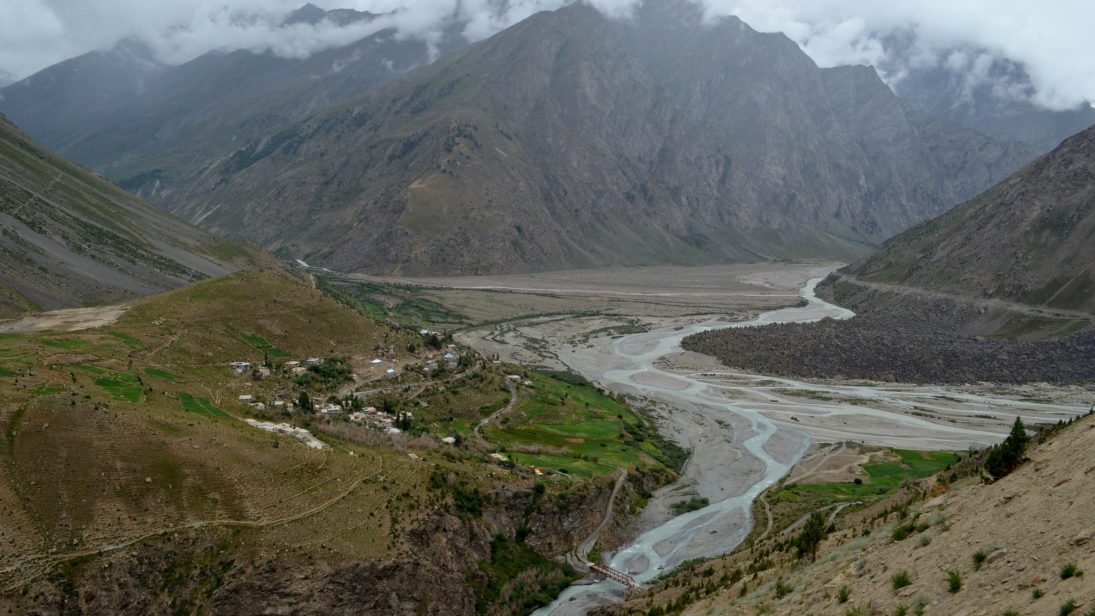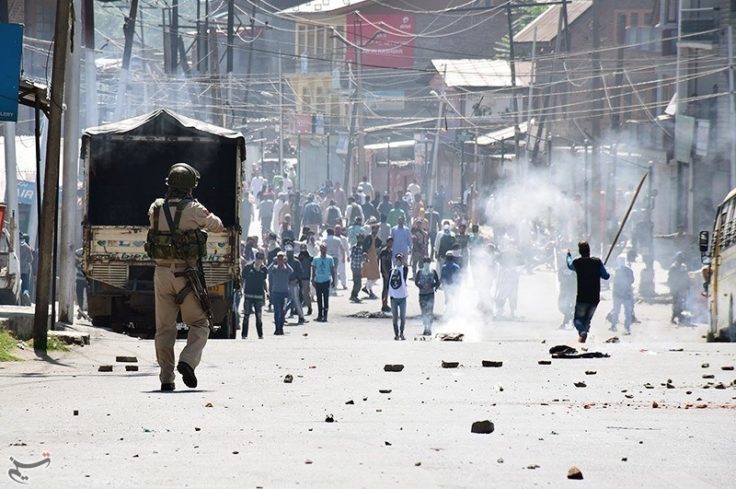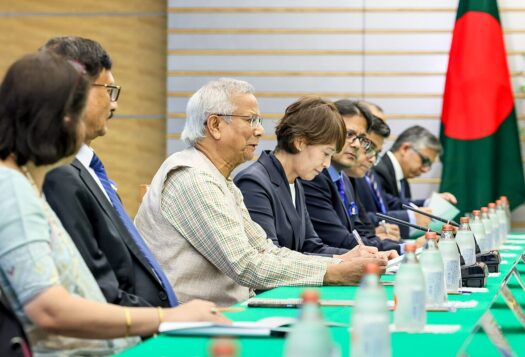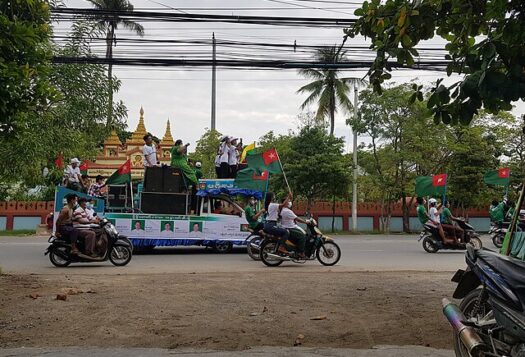
When Jammu and Kashmir was stripped of its semi-autonomous status in August 2019, the Narendra Modi-led Bharatiya Janta Party (BJP) government had termed the step as a “correction of historical blunder,” arguing that the special status was the biggest hurdle to normalcy in the region.
Rather than inch towards normalcy, the union territory saw worsening political turmoil and a deteriorating security situation in 2020. Although the culture of violent protests subsided in Kashmir, there was a considerable rise in militancy despite continued internet and other restrictions. The year was also marked with violent military clashes along the disputed border with China in Ladakh, a record number of ceasefire violations along the Line of Control (LoC) with Pakistan, deepening political instability, and the deadly COVID-19 pandemic.
The troubled legacy from 2020 paints a bleak picture of 2021 that seems beset with threats to security and stability coupled with socio-political and economic distress.
COVID-19 and Kashmir
During the pandemic, the government resorted to coercive measures to enforce a lockdown. To implement the lockdown announced by Prime Minister Narendra Modi on the night of March 24, 2020, criminal cases were registered against lockdown-offenders, who were publicly punished and even taken into police custody. The administration also issued orders to gag medical workers from airing their grievances publicly.
The COVID-19 pandemic and the restrictions imposed by the administration exacerbated the economic crisis triggered by the 2019 security lockdown and communications blackout. The last quarter of 2020 saw a decrease in the spread of the virus, which has claimed over 1,900 lives in the region so far. The tourism-dependent economy had been witnessing its worst slump since August 2019, when Amrnath Yatra, an annual Hindu pilgrimage in the region, was abruptly called off by the government. Observers now expect some economic revival with the regional tourism department holding winter sports events at Gulmarg, a hill station in Jammu and Kashmir. Even though an economic package to boost trade and tourism has been announced, the revival largely depends on the success of the Indian government’s confidence-building measures for Kashmiris.
Border Conflict with China
Following changes in the status-quo of Jammu and Kashmir, the already strained India-China relationship further deteriorated in 2020. The year witnessed their first deadly clash in at least 45 years, resulting in 20 casualties on the Indian side and an unknown number of casualties on the Chinese side in mid-June 2020 in the disputed territory of Ladakh.
The Chinese troops have reportedly gained control of 600 miles of territory previously under Indian control. The heavy troop build-up in the border areas—which is far bigger than the deployment during the Indo-China 1962 war— has generated fear in surrounding local communities. After China’s intrusion, several winter pastures are now inaccessible for the local pastoral nomadic people.
The heavy troop build-up in the border areas—which is far bigger than the deployment during the Indo-China 1962 war—has generated fear in surrounding local communities.
As the tense standoff between the Indian Army and the People’s Liberation Army along the Line of Actual Control continues, media reports in January 2021 claimed that China had constructed a new village along the river Tsari Chu in upper Subansiri district in Arunachal Pradesh, an Indian state which is claimed by China as part of southern Tibet.
Despite, Indian claims that both New Delhi and Beijing are maintaining close communication through diplomatic and military channels to ensure complete disengagement at all friction points, any turnaround in India-China relations in 2021 seems unlikely in the wake of renewed border clashes at Naku La in north Sikkim border.
Cross-Border Conflict With Pakistan
India-Pakistan border skirmishes peaked in 2020, endangering the lives of tens of thousands of civilians along the restive border. Amid deterioration of bilateral relations, according to media reports, over 4,000 cross-border firing incidents were reported with an average of 10 to 12 incidents daily along the LoC alone. This was the highest number of ceasefire violations since the 2003 Pakistan-India truce agreement.
In January 2020, one such ceasefire violation saw the gruesome killing of two porters working with the Indian Army in the Poonch sector. The Indian Army suspected that one of the two porters, who were both local residents, was decapitated by Pakistan’s Border Action Team—squads believed to be comprised of commandos from Pakistan’s Special Services Group and recruits from Pakistan-based militant Islamist organizations like Jaish-e-Mohammad and Lashkar-e-Taiba.

The mounting India-Pakistan border clashes coincide with the growing infiltration bids by militants from across the border. The year 2020 saw an uptick in militancy-related violence. As many as 320 people including militants, civilians, and security personnel, were killed in militancy-related incidents in Jammu and Kashmir, up from 283 people the year prior, according to the South Asia Terrorism Portal.
There has been a remarkable increase in angry local youths joining militant groups in reaction to the new land and administrative laws in Jammu and Kashmir, severely impacting the security fabric of the region. As many as 145 local youths joined militant ranks in Kashmir in 2020. While the security forces proposed a new surrender and rehabilitation policy for local militants, they faced allegations of extra-judicial killings; such fake encounters have led to the death of innocent civilians at the hands of the army, worsening the safety situation.
Electoral Competition
On the domestic political front, after the recent elections for the District Development Councils (DDC)—responsible for planning and executing developmental projects in the rural areas of Jammu and Kashmir—cracks have begun to appear in the People’s Alliance for Gupkar Declaration (PAGD). The PAGD is an amalgam of traditional mainstream Kashmir-centric parties like the National Conference, Peoples Democratic Party, People’s Conference, Communist Party of India, Communist Party of India (Marxist), Awami National Conference, and Jammu Kashmir People’s Movement. The amalgam exists to restore the erstwhile state’s special status and support the rights of oppressed groups in Kashmir but is weakening due to an internal power struggle.
Although the PAGD swept the elections winning the highest number of seats—110 out of 240 in the DDC polls—the outcome indicates a fierce struggle for political power with the emergence of new leaders in Kashmir. For example, the Indian National Congress distanced itself from the PAGD in November 2020 despite having a seat-sharing arrangement with the National Conference and the Peoples Democratic Party in the DDC polls. Additionally, the Peoples Conference quit the conglomerate on January 19, 2021, citing trust issues. This weakening of the PAGD undermines its original goal of fighting for the restoration of Jammu and Kashmir’s special status through legal and constitutional methods.
The BJP’s politics of polarization is fueling separatist ambitions in the Kashmir valley and is feeding Islamophobia in the Jammu province.
The BJP, meanwhile, has been trying to bring independent candidates into its fold to gain control over local bodies and ultimately the union territory assembly after the ongoing process of redrawing assembly and parliamentary constituencies is completed and elections are held. The Delimitation Commission, which was set up in March 2020, is believed to allocate an equal number of seats to both Jammu and Kashmir regions, which has been a long-standing demand of BJP’s stronghold Jammu. In fact, several BJP leaders have been stressing that the next chief minister of Jammu and Kashmir should be a Hindu from the Jammu division. During the DDC elections, the BJP had weaponized a judgment of the Jammu and Kashmir High Court in a so-called land scam against the local Muslim community. The BJP’s politics of polarization is fueling separatist ambitions in the Kashmir valley and is feeding Islamophobia in the Jammu province.
Conclusion
With the COVID-19 vaccination rollout, the Indian economy has started showing signs of revival. Although vaccines are also being distributed in Kashmir as per national protocol, a combination of factors comprising the internal shaky political and security situation besides ongoing border conflict with Pakistan and China could hamper the healing of the local economy in 2021. Any claim of normalcy in Jammu and Kashmir at present looks like a far cry from what the BJP government had intended while correcting what it claimed to be a historical blunder.
***
Click here to read this article in Urdu.
Image 1: Ashok Boghani via Flickr
Image 2: Tasnim News Agency via Wikimedia


